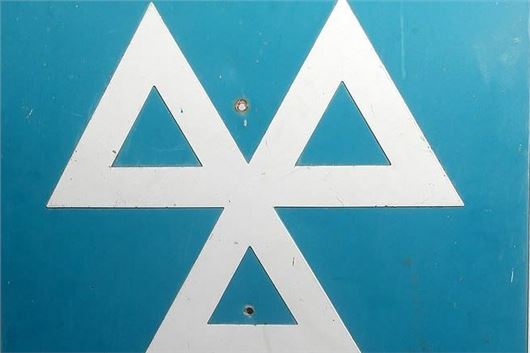MoT exemption for classic cars - your questions answered

What is the MoT exemption for classic cars and how does it work?
Vehicles built more than 40 years ago (and which are not substantially changed) are exempt from Mot testing.
Substantially changed? What does that mean
Chances are that if you don’t think your car has been substantially changed, then it probably hasn’t.
But what if I’m really not sure?
As there’s currently no examination of vehicles to determine their status, then the decision rest with the keeper.
How can I check?
If you need to check, then have a look at the Government guidelines or contact an expert from the Federation of the British Historic Vehicle Clubs for a second opinion.
So, what actually happens?
If your car was built 40 years ago, you don’t need to go and get a new MoT certificate when the existing one runs out.
Can I still get an MoT on an exempt vehicle?
Yes. But remember if it fails it will no longer be considered roadworthy until you fix it.
Does it matter if it’s not roadworthy?
If your vehicle isn’t considered to be in roadworthy condition, then you won’t be insured. And that’s illegal.
So can I just chuck new fuel and a new battery on this barn find or…?
Unlikely. If the car hasn’t moved in years and the brakes are seized, then it’s not roadworthy. And it’s not insured. And you’re not legal.
If my car doesn’t need an MoT, why have the DVLA sent me a reminder?
Glad you asked. The DVLA have chosen to administer the new system on an individual basis.
Come again?
It’s up to you to declare your vehicle MoT exempt.
And how do I do that?
There’s a check box to tick when you do your car tax online.
My dad can’t get ‘on the line’?
No problem. Ask Pat at the Post Office for form V112.
Sorry, was it cars built, or cars registered 40 years ago?
Cars built 40 years ago, pay attention.
How do I know if I car a I’m buying is MoT exempt?
You don’t. The DVLA doesn’t record the MoT exemption declaration on their database so if you use the vehicle inquiry service it won’t show up as being exempt.
Then how do the police know what’s exempt and what isn’t?
Same way as us – they guess. If a car’s 40 it’s probably exempts.
But my mate’s vintage Bentley shows up as being ‘exempt’?
Pre-1960 cars were the first get the exemption, so their system is slightly more refined.
Forty years ago. That’s 1978… cars on a T-plate, right?
Correct suffix. Then 1979 (V), 1980 (W), 1981 (X), 1982 (Y)
And then?
Prefix. 1983 (A), 1982 (B), 1985 (C), 1986 (D), 1987 (E) etc.
It’ll get tricky when we get to twice-yearly numberplate changes?
Only for a few years. 1999 (T and V), 2000 (W and X), 2001 was ‘Y’ and ‘51’.
>>Got a question about the MoT exemption for classic cars?
Ask Honest John now
Compare classic car insurance quotes and buy online. A friendly service offering access to a range of policies and benefits.


 Keith Moody
Keith Moody
 NEC classic motor show 2020 postponed due to Covid 19 concerns
NEC classic motor show 2020 postponed due to Covid 19 concerns
 Classic car auction house Coys goes into administration
Classic car auction house Coys goes into administration
 Motor racing great Sir Stirling Moss dies aged 90
Motor racing great Sir Stirling Moss dies aged 90
 Alfa Romeo anniversary races set for Silverstone
Alfa Romeo anniversary races set for Silverstone
 Government to make E5 fuel available for classic owners
Government to make E5 fuel available for classic owners
 Plans to introduce cleaner fuel could damage more than a million classic cars
Plans to introduce cleaner fuel could damage more than a million classic cars
 Top 10: Classic cars from the Gulf motor racing heritage collection
Top 10: Classic cars from the Gulf motor racing heritage collection


